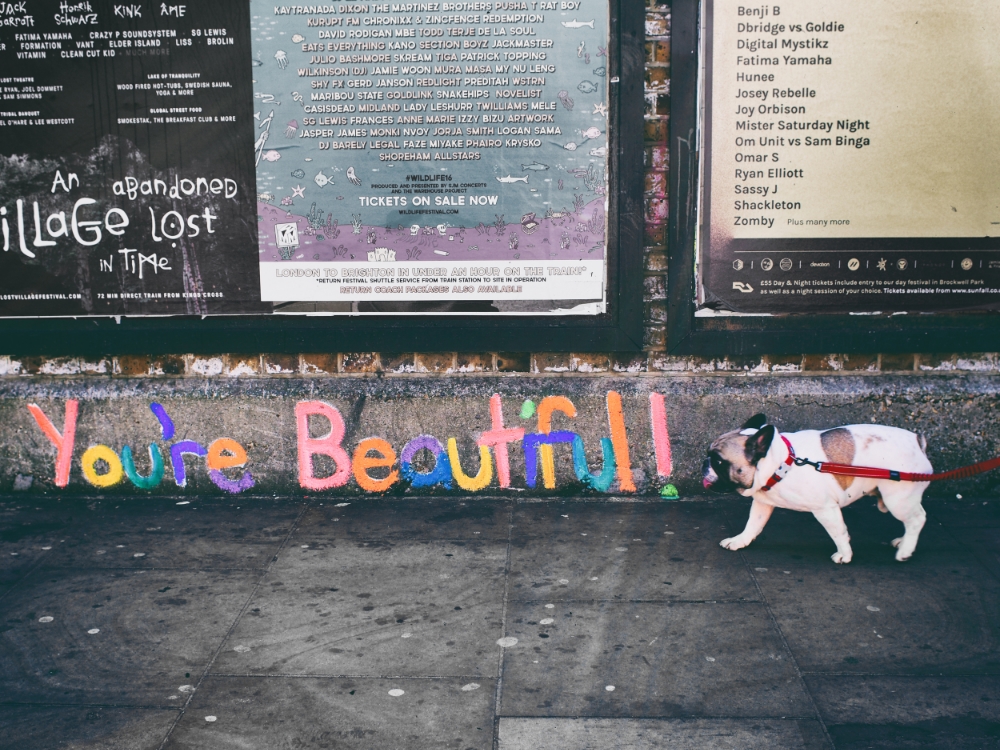How do I capture great urban photography? What are the best London photo spots? What camera do I need?
I share some of my top urban photography tips in this article.
But first…
What is urban photography?
Urban photography groups many genres of photography taking place in an urban environment. This includes urban street photography, minimal architecture, urban landscapes, street style / fashion photography, graffiti photography…
My Top 10 Urban Photography Tips:
1) Location, location, location:
It goes without saying that in order to shoot urban photography, you need an urban environment. My personal preference is London but that’s because I have lived in the capital for 18 years and feel at ease. Any city has opportunities so don’t feel because you don’t live in a capital that you can’t capture something exceptional.
2) Exploring:
I tend to shoot my best urban photography when I don’t have a plan and usually when I explore areas I have not been to before or at least for a while. I recently wrote an article for FStoppers on the benefits of getting lost and wandering. (read it here) Wandering helps you keep a fresh approach and makes you more receptive instead of going again and again to areas you know a bit too much.
London Urban Photography - Piccadilly Circus
3) The early bird catches the worm:
I’m an early riser, often heading out six or seven in the morning. I’ve always loved the beautiful light one gets at the golden hour. Empty streets really appeal to me and can be very photogenic. Plus you often get the remains of the night before which can be down-right weird and wonderful (e.g that guy sitting in a gutter after a big night out)
4) Travelling light:
I’ve never been too keen on big DSLRs. Mostly on a convenience point of view. I have had days walking for eight hours non-stop and let me tell you that being a kilo or two lighter, makes a big difference at the end of the day to your back and shoulders. I use a full-frame mirrorless camera and carry a maximum of two lenses, usually a 35mm or 50mm prime for street photography and maybe at times a telephoto to capture slightly more minimal details of tall buildings but the weight often puts me off.
5) Be comfortable:
There is nothing worse than heading out wearing too much and realising after one hour that you’re completely sweaty and have no way to get rid of that heavy jacket. It can completely ruin the day. As you walk heat will build up so at least bring a backpack to store that jacket and also have a bottle of water. Shoes are also very important so go comfy.
6) Walk slower, observe better:
Most days we’re on auto-pilot. We walk from home to work only looking ahead of us, at the newspaper or worse... at our phone. We completely ignore what’s around us. It’s important to switch mode when out with the aim to photograph. Walk slower, observe better. Look in all directions including up and down as this is where sometimes you find things people would not have noticed.
London Urban Photography - Brick Lane
7) Be aware of local events:
Events and public gatherings are a great way to practice a bit of street photography without standing out too much. Often people are in a good mood and relaxed and won’t mind you taking their photo. So check out what is going on around your city regularly to make sure you don’t miss some great opportunity.
8) It doesn’t end once back home:
When I get home I immediately go through what I photographed on the day. Many people say you should not delete photos as you never know when you may need them. I disagree. I delete heavily, anything that’s not that great has to go. Then do it again and delete some more. There is no point keeping lots of useless photos and that way you will learn to be a harsh critic of your work eventually leading you to improve as a photographer.
9) Use post-processing lightly:
It’s tempting to heavily post-process photos. Many photo editing apps or software can really turn something average into gold. But try as much as possible to not fall into that trap as it will make you a lazy photographer. If you know you can fix the exposure later in Lightroom, you’ll keep not making an effort to get it right. How does that help you improve as a photographer? It doesn’t. I used to post-process lots whereas these days I hardly touch Photoshop or Lightroom. I feel I’m a better photographer and have more time to shoot instead of being stuck in front of a computer screen.
10) Don’t publish photos immediately:
Photos have a strange effect. We come home excited about that shot and really keen to post it on Instagram, Twitter and our website.
And then somehow after days of seeing it, the shot doesn’t feel so special anymore.
Only exceptional photos keep that wow effect on us, and these shots are rare. My advice is to wait a week before posting that photo. Come back to it daily and if after a week you still think it’s good enough by all means do post it everywhere.
Remember that your portfolio is only as good as your weakest shot.
Final words...
If you enjoy urban photography as a whole and would like some tips and technique that are more specific to street photography, head to this article: Street Photography Tips and Techniques.
Make sure you let me know how you get on!
Until next time,
Nico






